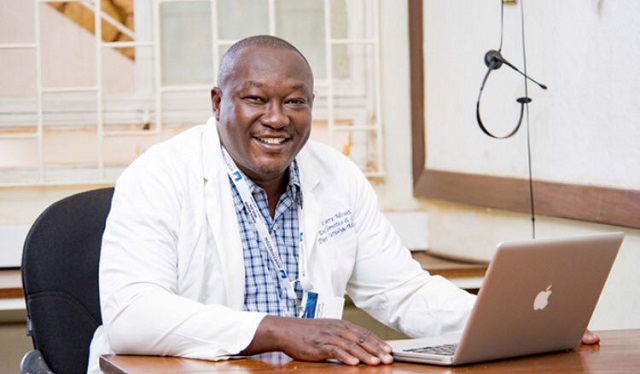
Kampala, Uganda | THE INDEPENDENT | Dr Misaki Wayengera, the head of the Ministerial Scientific Advisory Committee on Covid-19 has said it will be hard to predict when the current pandemic wave will hit its peak.
Though President Museveni on Friday announced a total lockdown, Wayengera says its dynamics such as whether people will respect standard operating procedures (SOPs)that will likely determine when the current wave will peak.
“It’s impossible to tell you that we shall peak at this time. We are not out of the woods in a sense that we are still in a very bad time,” he said in a phone interview. “The numbers of people who are infected in the communities are too many. So it will take us time really to clear this wave and we are still running behind schedule.”
But the National Planning Authority (NPA) says it developed a model in March last year which predicts that the current wave is likely to peak mid next month. NPA Executive Director Joseph Muvawala indicated that their model has proved to be 97% efficient.
“Predictions indicate that there is an increase in the number of new cases with a peak yet to be reached. The model is predicting a total of 10,144 cases for the week ending June 19th and 11,222 for the week ending June 26th,” Muvawala said.
“The model predicts that the curve is still rising and it will most likely reach a peak in the middle of July. This implies that in mid-July, COVID-19 cases will be reaching the maximum peak,” he said.
Muvawala says the model is a spinoff of a partnership between the National Planning Authority and Pennsylvania State University funded by the National Health Institute, a US government medical research agency. The model, he said analyses in-country and cross-border factors that influence the pandemic spread. Unlike the previous wave, Muvawala says the current wave was triggered by internal factors.
Uganda has registered 29,172 positive cases in the past month according to the John Hopkins University coronavirus resource centre which is 40% of Uganda’s total cases since the start of the pandemic in March 2020.
Since the beginning of June, Uganda has been registering more than 1,000 positive cases per day with the highest positive cases (1,735) registered on June 13th. But Uganda hasn’t surpassed the highest record of daily positive cases (1,859) of December 10th 2020.
Wayengera however says he doesn’t count on models to tell when the current wave will start receding. “Truthfully, as a scientist, I have told you. This is not about modelling. You need to look at the reality of what is happening on the ground in terms of commitment of people to follow SOPs which can interrupt the transmission,” he says.
He says it’s not easy to predict how easy it will be to interrupt community transmission given that it’s highly dependent on human behaviour. The other option, Wayengera says, would be mass vaccination but jabs aren’t readily available.
*****
URN
 The Independent Uganda: You get the Truth we Pay the Price
The Independent Uganda: You get the Truth we Pay the Price




Well
what do the behavior scientists have to say about the community response to compliance with SOPs?
“those who resorted to laughing at others putting on mask” etc!
the clients that require transfer to hospital. get their demographics captured(NIN), how are they related and which variant is over represented?
The clients who have recovered have several ailments how are they educated on how to cope?